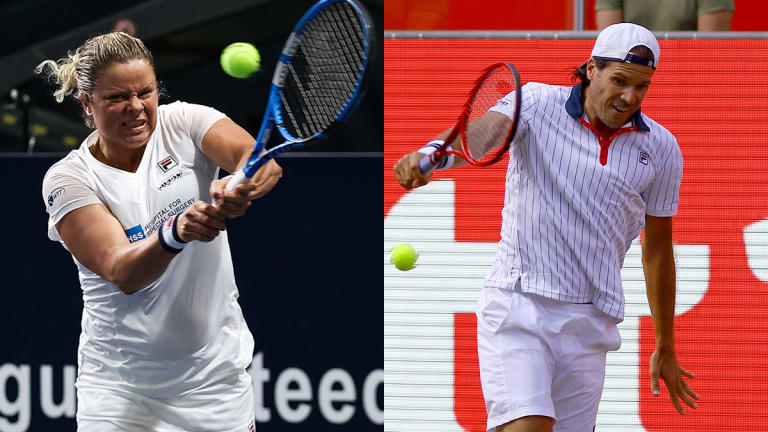Kim Clijsters, Tommy Haas, and talents that never go out of style
By Jul 20, 2020Social
Iga Swiatek meets first scholarship winners from namesake foundation
By Dec 18, 2025Next Gen ATP Finals
From hitting partner to headliner: Rafael Jodar shocks top seed Tien in Jeddah
By Dec 17, 2025Opinion
Carlos Alcaraz moved up with Juan Carlos Ferrero—now, he moves on without him
By Dec 17, 2025Top 5 Stats of the Year
Stat of the Year, No. 3: Novak Djokovic, serving up titles for 20 years and counting
By Dec 17, 2025Coach's Corner
Carlos Alcaraz announces shock split from longtime coach Juan Carlos Ferrero
By Dec 17, 2025Next Gen ATP Finals
The 2025 Next Gen ATP Finals: The field, fun facts and where to watch
By Dec 16, 2025Top 5 Stats of the Year
Stat of the Year, No. 4: Aryna Sabalenka wins 19 tie-breaks in a row, a new women’s record
By Dec 16, 2025News
The ATP is adding a heat rule like the one the women have had for more than 30 years
By Dec 15, 20252025 Year In Review
Aryna Sabalenka becomes seventh player to repeat as WTA Player of the Year
By Dec 15, 2025Kim Clijsters, Tommy Haas, and talents that never go out of style
Watching Haas and Clijsters on TV over the last week, I felt like I was wandering the grounds at a legends event again, being thrown back into the past.
Published Jul 20, 2020
Advertising

Kim Clijsters, Tommy Haas, and talents that never go out of style